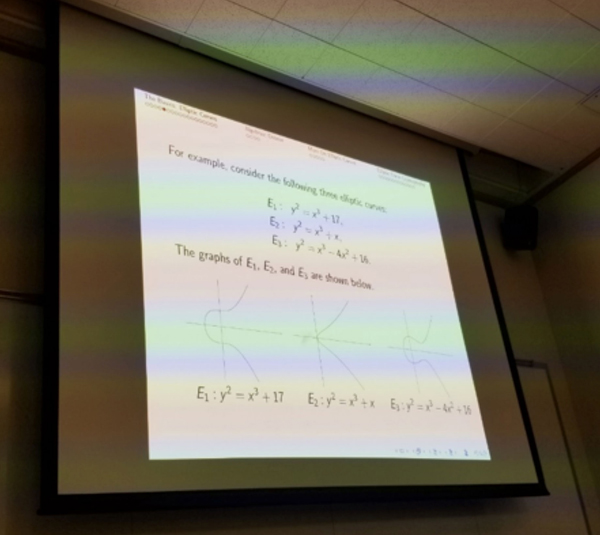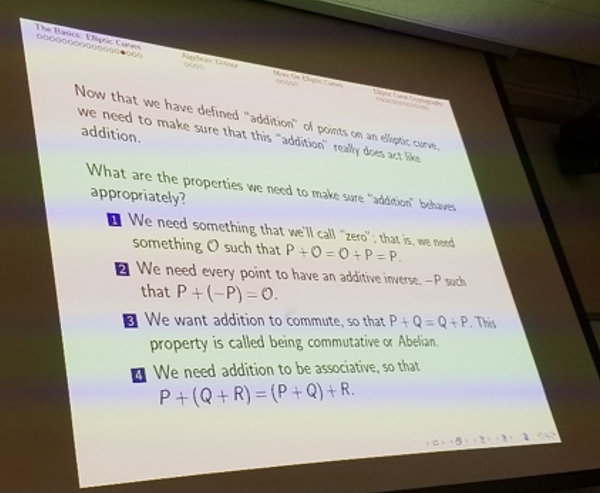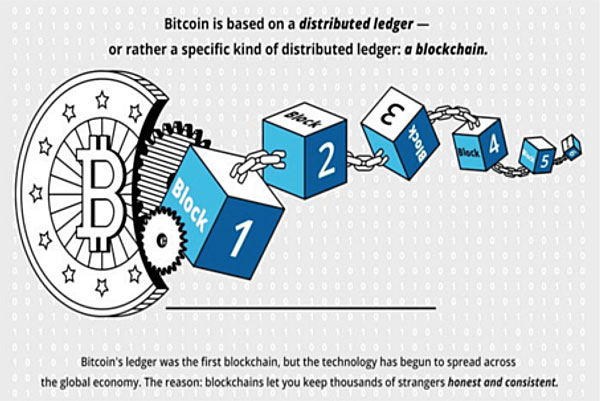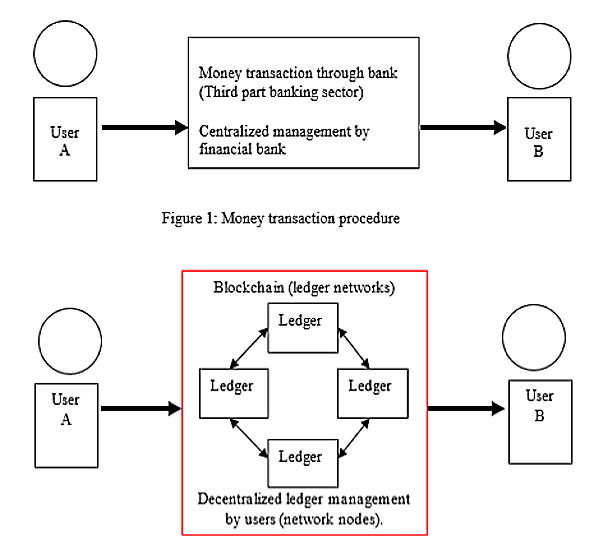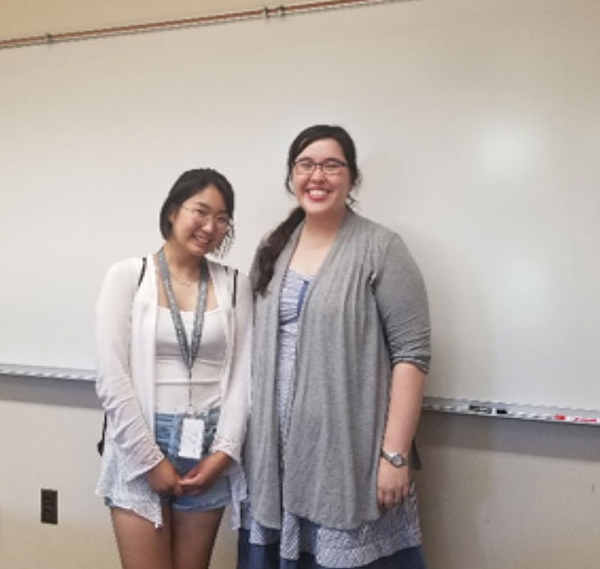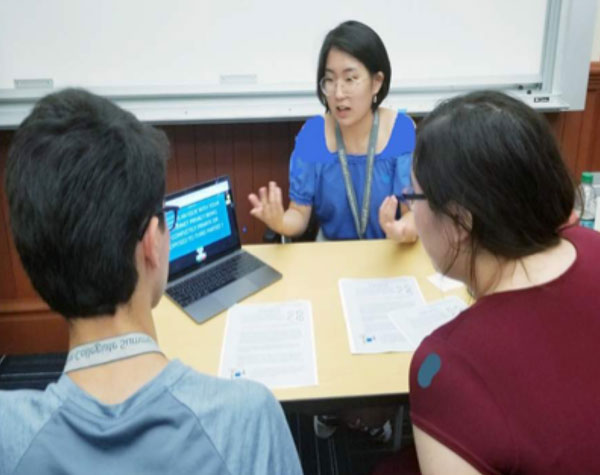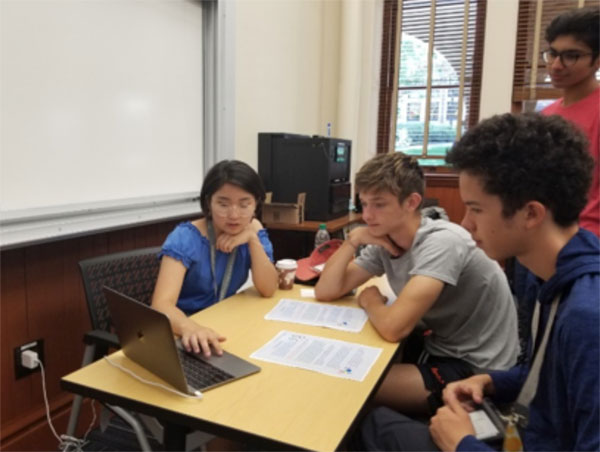by Minseo (Emily) Jung
This summer from July 15th to August 2nd, I attended the Stanford Pre-Collegiate Summer program for three weeks. My course was cryptography, which focused on ethical issues of security/privacy, encrypting and decrypting codes, and the future of cryptography.
Class Time
From Monday to Friday, we started our TA session (labs, working on homework with TAs) at 9:00 am to 11:00 am in the morning. During our TA session, we usually reviewed what we had learned the day before, solved several problems that were assigned from our instructors, and read our main textbook “Code Book”. Then, we had our lunch at the Flomo, the dining hall. At 12:45 pm, we started our class, which was taught by Dr. Melissa Ko, our main instructor, and sometimes by Dr. Sean.
First week: Encoding and decoding messages
During the first week, we learned about different substitution ciphers, which substitutes one character into another, and Caesar ciphers, which is a type of substitution cipher, while maintaining the order of the alphabet, but shifts the correlation of plain text to ciphertext (i.e., if “a” becomes “d”, then “c” becomes “f’). We also studied the Enigma, a famous encryption machine used by the Germans during WWII to transmit messages secretly. It includes multiple rotating scramblers to swap the letters and substitute them with others allowing for at least 15,000,000,000,000,000,000 ways to encode the hidden message. We also started on ethical decisions in Cryptography, touching very briefly upon topics such as whether or not it is ethical to invade the other’s privacy (by cracking their encryptions).
Second week: Different encryptions and ethical issues and decisions of security/privacy.
In the second week, we learned about binary and permutations, in which we were able to use a website to convert the binary numbers into plaintexts. We also analyzed different logic puzzles and using switching bases, permutations, and etc. Lastly, we learned about RSA encryption, which was one of my favorite topics. At first, I was not able to understand the topic, since it was very complex. Fortunately, one of my friends was able to help me understand the concept. RSA is one of the first public-key cryptosystems that was widely used, only preceded by the Diffie-Helman method. In this system, the encryption key is public, while the decryption key is kept secret. This one-way encryption solves the age-old problem of key distribution. RSA is a complex combination of modulus and large prime factorization that makes it practically impenetrable to the average computer and requires loads of time from even the fastest computer processors. Discussions and debates were also the main part of the class. The main topic of the discussion was defining the key terms in ethics and the future of cryptography. We also analyzed the ethical framework for analyzing actions and debated about several case studies concerning technology and whether or not certain actions are ethical.
Third week: Impacts of cryptography in human society and working on final projects
During the last week of the program, we analyzed the impacts of cryptocurrency. Cryptocurrency is a digital asset that uses complex cryptography to secure financial transactions, control the creation of new additional units, and verify the transaction assets. The settings of the cryptocurrency work through typically a blockchain, a system of replicated, shared, and synchronized digital data geographically spread across multiple sites, countries, or institutions, which makes it harder to hack and break down the system.
For our final projects, we were put into groups of three and chose a topic that we were most interested in. We chose cryptography and society, which focuses on the unintended consequences of modern technology by analyzing three big companies: Facebook, Snap Chat, and Google. We presented our projects like a poster session, and we all presented for twenty minutes and switched. Outside the classroom Outside of the classroom, the program was designed to make new friends. I usually ran around the lake with my friends every morning. My stamina has definitely improved. After our classes, we always had activities, which was a great opportunity to meet other people from other houses. We went to shopping centers, painted, drew henna tattoos, mafia/board games, sports, and fountain hopping. Sometimes, we had special activities, such as the talent show, the carnival, and the field day, when our house all became as one family and competed against different houses.
During the weekends, we went to Capitola Beach and San Francisco modern art museum. At the beach, we walked around the beach, had delicious meal and ice-cream, and took many photos. We also went into the water, even though it was freezing, and made a sandcastle. At the San Francisco modern art museum. On field trips, we always found a bubble tea place and this became part of our routine every day.
Every Wednesday, we had a cluster dinner with other houses at 6:00 pm. Every Friday we had a fire pit night, where we would go to the lake and hang around with friends. We would do a hot seat (when people ask you many different questions), and the spotlight (telling your own story to people) to get to know each other better. On the last day, we had our last house meeting together, which was very emotional for everyone. We had a thread bundle and we would toss it to one another around a circle, then whoever gets the bundle would talk about their experience at Stanford. As I expected, we all became emotional and cried while talking and listening to each other. We all did not want the camp to end and wanted to meet each other again in the future, even if we came from different states, and countries. (California, Colorado, Seattle, New York, Illinois, London, Turkey, UAE, India, China, Hong Kong, Argentina, and Mexico). Afterward, we partied for the whole night, since it was our last day and did not have lights out.
Final Thoughts
The Stanford Pre-Collegiate Summer Program was one of the best three weeks of my life. Before going into this program I was rather nervous because I have never been away from home. However, staying at Stanford for three weeks has taught me to be responsible, independent, and grow as a person.
Stanford Pre-Collegiate Summer Program itself was amazing, but the people I have met at the camp have made it even better. I hope to keep in touch with every single one of my friends and hopefully meet all together in the future.
I have never learned anything about cryptography before. At first, the topics were very complicated and rigorous, but I was able to understand how different methods of encryptions work, the ethical issues of privacy/security, and the impacts of cryptocurrency with the help of my friends and the counselors. Cryptography has shown me a completely different spectrum of math, and hopefully, it will help me to learn different subjects later in life. It is also correlated with business areas such as finance or economics, which I would like to pursue in college.
Lastly, I would like to thank the Garwin Family Foundation for providing the most wonderful opportunity. Without Garwin Family Foundation, I would not have been able to experience and enjoy this amazing program. Thank GFF very much!


